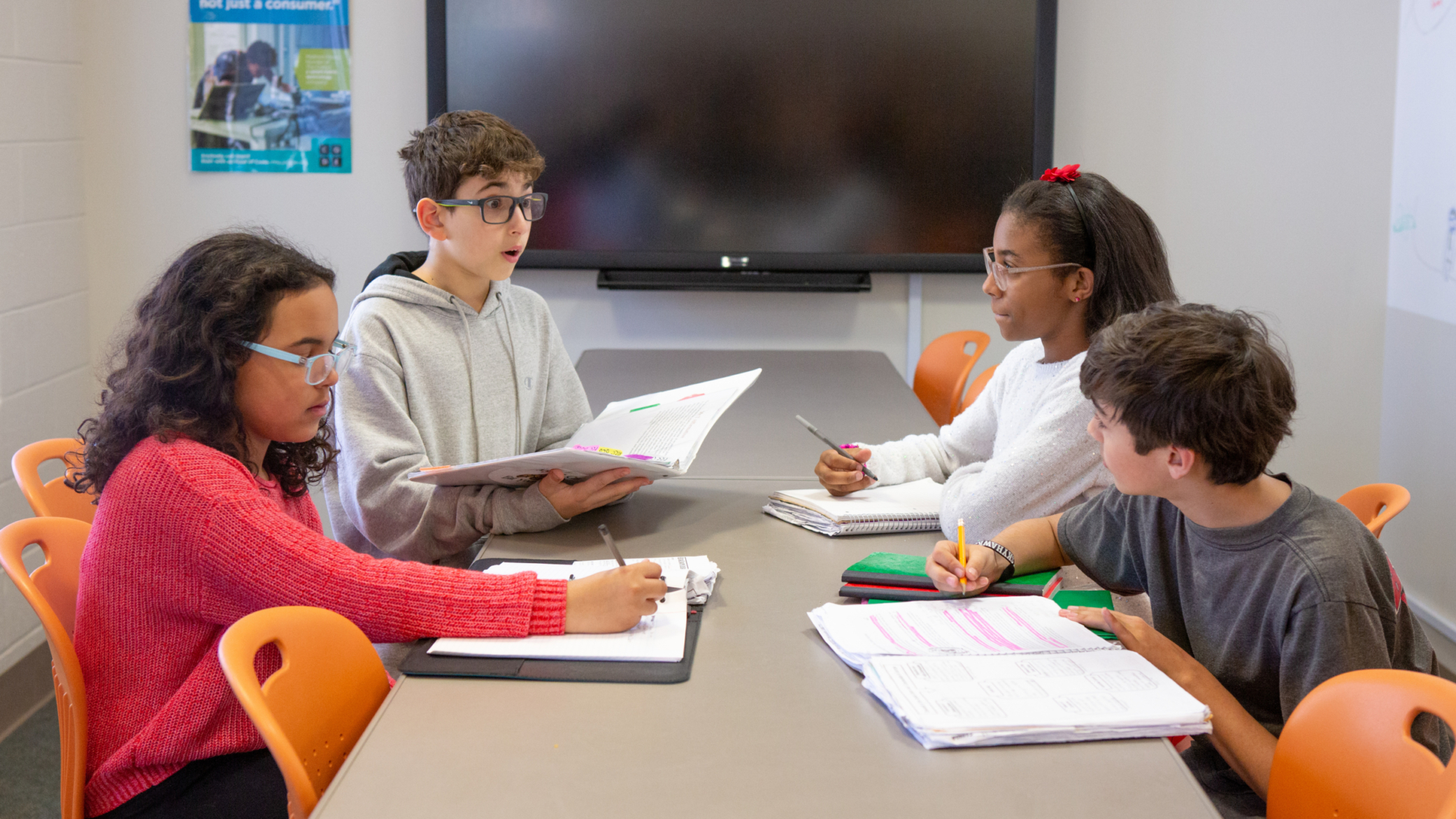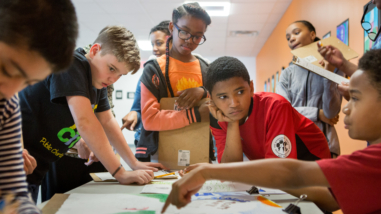NAEP report: Renewing civic purpose in public schools

Decades of lost ground on history and civic learning should definitely be cause for alarm, but it’s hardly a surprise. After all, last year’s NAEP results for math and reading also showed declines, largely attributed to the Covid pandemic. The longer-term trend in history may also reflect a narrowing of the curriculum brought by an over-focus on high-stakes math and English language arts tests during the education reform years — a bill that’s now coming due for today’s adolescents.
News coverage of the decline has been prominent, including a front-page story in the New York Times. This awareness is needed, and most commentators have rightly called for increasing instructional minutes devoted to history, social studies, and civics. Students will surely benefit from such an increase — for instance, a deep dive into NAEP results from Hewlett grantee iCivics found that more time and attention for civics correlated with better scores.
In addition to time for history and civics, schools can take several additional steps that have received comparatively less attention, but are likewise critical for helping deliver on the democratic promise of public education. These include:
- Infusing civics, history, and social studies across the curriculum. Good education has always included interdisciplinary learning, but more can be done to make sure that civics, social studies, and history aren’t confined to siloes in the school day. In fact, much of what we know about engaging students in learning suggests that connecting any subject to its societal implications, as well as to the identities and backgrounds of the learners, is key for making learning stick. A recent review from the National Academy of Education, “Educating for Civic Reasoning and Discourse,” found that greater integration of civics across the curriculum would help students develop deeper conceptual knowledge and problem-solving skills. This is exactly what our students need. Several of Hewlett’s partners offer examples to learn from — for instance, the EL Education middle school curriculum incorporates character development alongside literacy; curriculum materials from OpenSciEd weave together environmental science with implications for equity and community health.
- Supporting teachers for effective instruction. We can take multiple steps to help teachers devote more time and attention to civics and history, and to get better at doing so. One big step would be reforming our narrow, high-stakes accountability system. While challenging politically, this would immediately free up teachers and administrators to teach beyond the tests, and give adequate attention to subjects like civics and history.
With regard to teacher practice and preparation, we can support teachers in planning interdisciplinary lessons, and inculcate deeper learning skills — like critical thinking or collaboration — through pedagogical strategies such as inquiry-based instruction and project-based learning. The iCivics analysis of NAEP results, cited previously, found that use of advanced instructional strategies, such as frequent analysis of primary sources or engagement in simulations or debates, correlated with an improvement in student scores. - Reaffirming the purpose of public schools. At a fundamental level, schools will struggle to reverse the decline in history and civic learning unless they see it as their purpose to do so. Part of the solution entails shifts in school design. For instance, a school-wide focus on applying learning to real-world problems, often those that students can see in their daily lives, builds the sort of responsibility and civic consciousness underpinning future democratic participation. Organizations like Big Picture Learning and Generation Citizen already do this well. With regard to culture, schools can do more to model democratic values, like inclusion and participation, that they want to instill in their students. In other words, practice what they preach. By building cultures of respect, shared responsibility, and belonging, schools can also begin to repair the historic wrongs of racist discipline and other exclusionary practices that have cut against a more democratic ethos of schooling.
While schools and school systems can do much to improve school design, reaffirming the purpose of public schools within our modern, diverse democracy is a task for all of us. At a time when education risks becoming a political tool to deepen national divides, we need to remind ourselves of real benefits that public schools can bring for young people. In the earliest days of our country’s founding, a chief purpose of schools was to prepare citizens and ease the dangers of factions within an often-quarrelsome democracy. This idea of a civic purpose for public schools has ebbed and flowed through history, and, in a time of rising division, is in urgent need of renewal. Public schools that foster an appreciation for the lessons of history, alongside the knowledge and skills for citizenship, must be part of the long-term solution to the democratic and societal challenges we face today. The NAEP scores are dispiriting, but should be a call to action for renewing the purpose of public schools.



